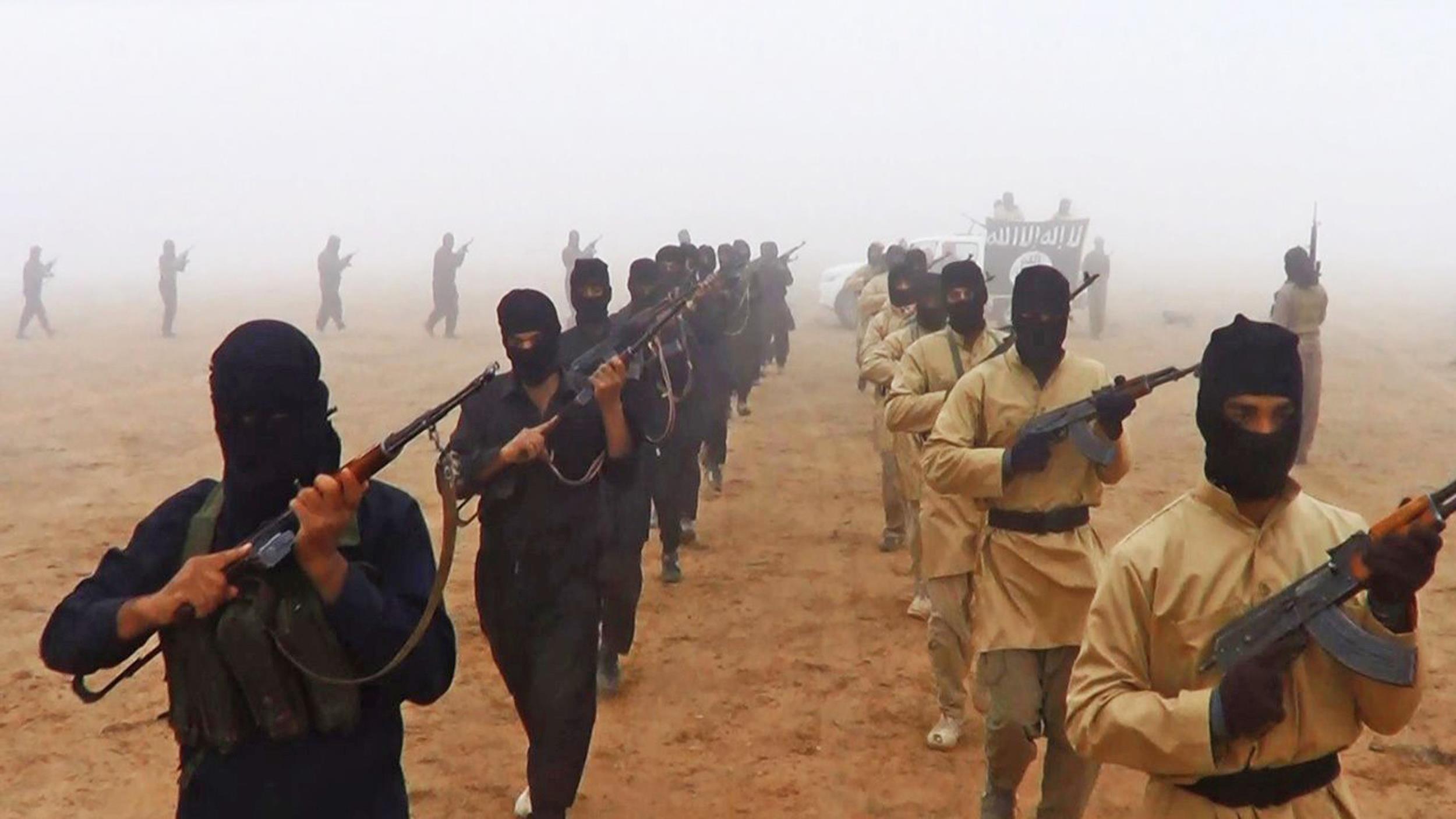Dramatic Spike In Terrorism Since The War On Terror Began
Terrorism is increasing
NEW DELHI: The Paris attacks have re-focussed world attention on the global war against terror, which began in 2001 following the attacks on the Twin Towers in New York City on September 11 that same year. The global strategy to deal with terror, thus far, has involved a combination of ground troops, drone and military strikes, aid -- tactical and non tactical, troops in advisory and training roles, and support to local forces battling militant groups. This strategy has led to the US-led coalition bombing Syria, Iraq, Afghanistan, Libya, Somalia, Pakistan and Yemen, with each country mentioned seeing a spike in civilian casualties to reach records numbers in recent years.
A new report titled the 2015 Global Terrorism Index sheds further light on the possibility that the current strategy in the war against terror may have flaws with data showing that terrorism continues to rise, with over 32,000 people killed in terrorist attacks in 2014, the highest number recorded. Despite being highly concentrated in five countries, terrorism is spreading, with more countries recording attacks and deaths, the report notes.
The Global Terrorism Index provides a detailed analysis of the changing trends in terrorism across 162 countries, over the last 15 years. It investigates the patterns of terrorism by geographic activity, methods of attack, organisations involved and the national economic and political context.
The key facts presented in the report are as follows:
1. Deaths from terrorism increased 80% last year to the highest level ever, with 32,658 people killed, compared to 18,111 in 2013.
2. Boko Haram and ISIL were jointly responsible for 51% of all claimed global fatalities in 2014.
3. 78% of all deaths and 57% of all attacks occurred in just five countries: Afghanistan, Iraq, Nigeria, Pakistan and Syria.
4. Iraq continues to be the country most impacted by terrorism with 9,929 terrorist fatalities the highest ever recorded in a single country.
5. Nigeria experienced the largest increase in terrorist activity with 7,512 deaths in 2014, an increase of over 300% since 2013.
6. The global economic cost of terrorism reached an all-time peak at US$52.9 billion.
7. Since 2000 there have been over 61,000 terrorist attacks, killing more than 140,000 people.
8. Thirteen times as many people are killed globally by homicides than die in terrorist attacks.
There has been a dramatic rise in terrorism over the last 15 years. There are nine times more people killed in terrorist attacks today than there were in 2000. In 2014, 32,658 lives were lost to terrorism, the highest number recorded, and an 80% increase from 2013.
Just two terrorist groups, ISIL and Boko Haram, are now jointly responsible for 51% of all deaths from claimed terrorist attacks world-wide. Both groups predominantly target private citizens.
Terrorism spread significantly in the past year, with attacks and fatalities in more countries than ever. While many countries experience no terrorist activity, the number of countries to experience at least one or more deaths from terrorist activity has increased from 59 in 2013 to 67 in 2014. This includes OECD countries such as Austria, Australia, Belgium, Canada and France.
Despite this, just five countries - Afghanistan, Iraq, Nigeria, Pakistan and Syria– account for 78% of all deaths in 2014. Importantly, over 60% of the countries ranked by the Index experienced no deaths from terrorism, and 13 times as many people are killed globally by homicides than die in terrorist attacks.
The two factors most closely associated with terrorism are the levels of political violence and conflict. Ninety-two per cent of all terrorist attacks between 1989 and 2014 occurred in countries where political violence by the government was widespread, while 88% of all terrorist attacks between 1989 and 2014 occurred in countries that were experiencing or involved in violent conflicts.
However, drivers of terrorism differ: in OECD countries, socio-economic factors such as lack of opportunity and low social cohesion correlate significantly, while in non-OECD countries, internal conflicts, political terror, and corruption are strongly correlated.
The majority of deaths from terrorism do not occur in the West. Excluding the September 11 attack, only 0.5% of deaths from terrorism have occurred in the West since 2000. Including September 11, the percentage reaches 2.6.
Of the attacks that do occur, lone wolf attackers are the main perpetrators, causing 70% of all deaths in the West over the past 10 years. It is important to note that political extremism, not Islamic fundamentalism is the main driver of terrorism in Western countries.
The rise of ISIL has brought with it several challenging dynamics for counterterrorism. The flow of foreign fighters into Iraq and Syria since 2011 is the largest influx in modern times. Current estimates now range from 25,000 to 30,000 fighters, from roughly 100 countries. Half of the foreign fighters travelling to Iraq and Syria are from neighbouring MENA countries and a quarter from Europe and Turkey. The flow of foreign fighters does not appear to be diminishing with over 7,000 arriving in the first six months of 2015.
The rise of ISIL has brought with it several challenging dynamics for counterterrorism. The flow of foreign fighters into Iraq and Syria since 2011 is the largest influx in modern times. Current estimates now range from 25,000 to 30,000 fighters, from roughly 100 countries. Half of the foreign fighters travelling to Iraq and Syria are from neighbouring MENA countries and a quarter from Europe and Turkey. The flow of foreign fighters does not appear to be diminishing with over 7,000 arriving in the first six months of 2015.
Terrorist activity is a significant driver of forced migration. Ten of the 11 countries most affected by terrorism also have the highest rates of refugees and internal displacement. This highlights the strong connection between the current refugee crisis, terrorism and conflict.
Read the full report here.





